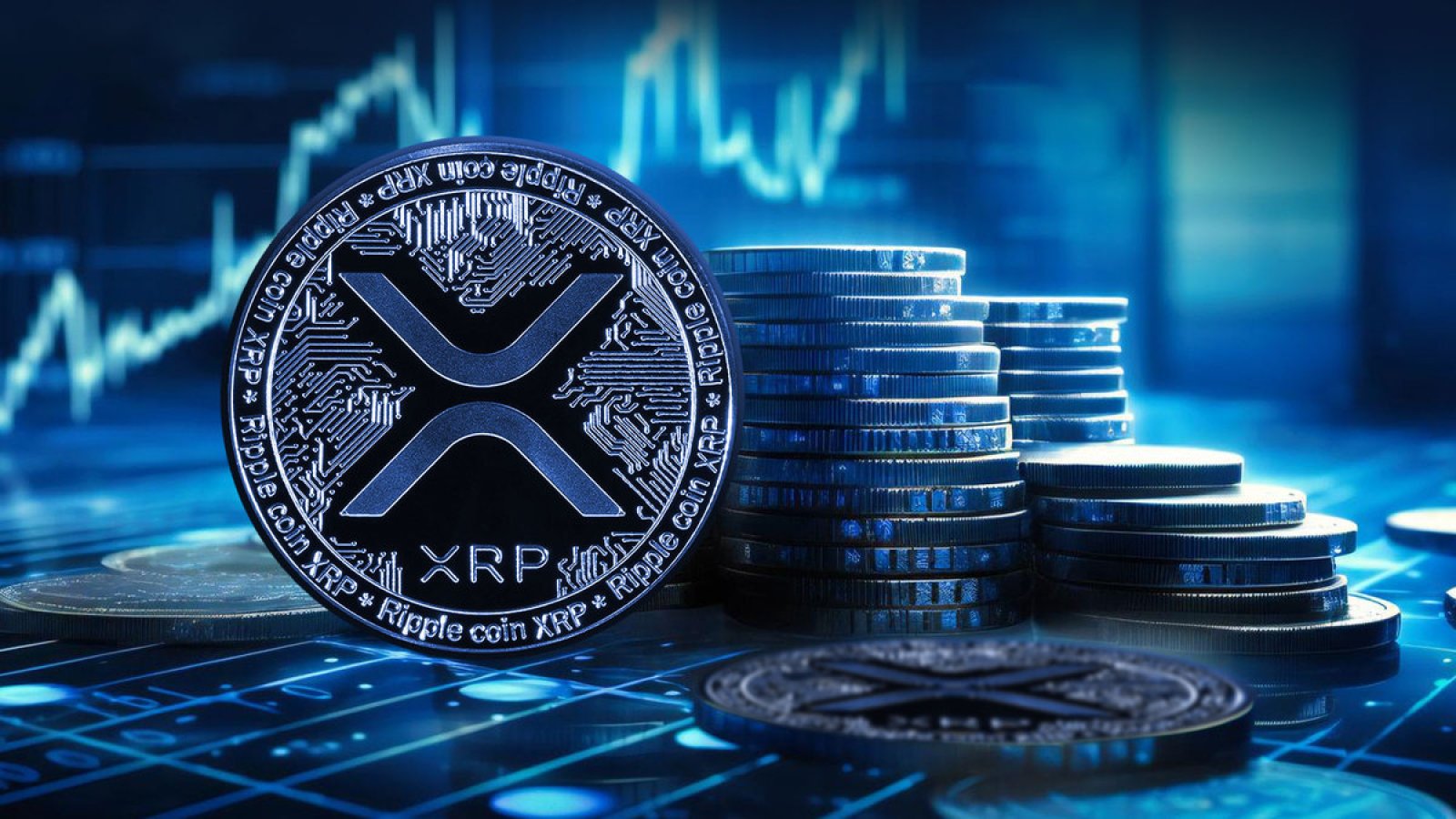In 2022, the crypto industry has seen the worst of human duplicity. The DeFi market has experienced fluctuations in the past, but nothing compares to this year’s performance. Making the crypto villains list has been a hard road considering the fact that no one saw it coming.
At the end of 2021, Bitcoin’s price had just reached a new all-time high of $69k, and the entire market was speculating about how much higher prices could go. We were unaware that the market peak had already been attained. The biggest twist to this year is how crypto heroes turned into villains by the night.
Crypto market sees the worst of human duplicity
Crypto prices have hit rock bottom since the start of the year. While the market has been in a bad state, the betrayal from its very own has not been easy. There are obvious names that have cut the villains list, while others have been quite unexpected.
Most importantly, investors have learned a very important lesson this year: nothing is sacred in crypto and that anything can happen. There is a common ground to all these villains; they swear and stand by their innocence and that “they never meant to do it.” Here is the list of DeFi-markets worst destroyers.
Sam Bankman-Fried and ‘company’
Sam Bankman-Fried (SBF) has been an unexpected turn of character. SBF and his associates assisted him in committing the century’s largest scam at FTX and Alameda Research. As investors suffer, the mainstream media has scarcely hurled softballs at the entrepreneur now known as “Scam Bankrun-Fraud.”
The other members on this list may be forgotten in a few decades, but SBF will forever be remembered in the history of cryptography. Not only will he be recognized in the cryptocurrency markets but also in other financial markets, much like Bernie Madoff is today.
In addition to stealing money from his consumers, selling fake Bitcoin, and donating to politicians to earn their favor and protection, he ran one of the largest scams ever.
This individual warned Congress about the dangers of opaque crypto practices despite the fact that he had stolen from his customers using the same methods.
Before turning to cryptography and effective altruism, Bankman-Fried, the gifted son of two Stanford Law School professors, enjoyed a privileged upbringing. This may explain why, against all odds, he remains free in the United States despite being extradited yesterday.
Do Kwon
Do Kwon follows SBF in second place. Do Kwon possesses nearly all of the characteristics associated with a villain. Do Kwon is unquestionably responsible for enormous harm and suffering that will set back the cryptocurrency ecosystem for years.
Kwon, like Bankman-Fried, was a prodigy who became a superstar virtually overnight. He repeatedly showed that he did not know how to handle the fame. Since the crash of Terra LUNA, his comments and tweets have been a contentious matter.
The fall of Terra resulted in enormous financial losses and, in the worst cases, suicides, but Kwon has demonstrated little remorse. He attempted to revive Terra despite repeated requests to vanish from crypto forever, demonstrating that he still craves attention. Currently, he is under the surveillance of every country, including South Korea and Interpol.
Alex Mashinsky
Alex Mashinsky, CEO of Celsius, appears on the list of cryptovillains. You likely already know that Celsius essentially operated a Ponzi scheme in which new client deposits were used to pay withdrawal-seeking individuals. They were perpetually bankrupt and did not generate a profit. If that had been the end, it would have been awful enough.
However, Mashinsky consistently lied and maligned those who questioned Celsius. Even two days before Celsius froze withdrawals, he did a number of YouTube interviews saying that everything was great at Celsius. That their financial situation was excellent.
In addition, he bolstered the perception that banks are untrustworthy and unreliable. This Celsius temperature was an escape from that and a much better alternative. He was a supporter of the people. However, it was all a hoax, and they declared bankruptcy while freezing the funds of billions of their members.
Su Zhu and Kyle Davies
Zhu Su and Kyle Davies operated one of the largest and most reputable crypto funds, 3AC. During COVID-19, they earned recognition, and many said they were somewhat responsible for the crypto market’s resurgence that year. Nonetheless, they, too, would engage in degen trade and dig a hole from which they could not escape.
Given their impeccable reputation in the market. Everyone was eager to collaborate with them and lend money to them. Even if that meant lending them money without collateral. After Luna/UST reached zero, 3AC went bankrupt.
However, this was not the worst of it. Due to their prominence in the sector, they were affiliated with several other market participants. This generated a contagion effect that led to the insolvency of several businesses.
Gary Gensler and SEC
Gary Gensler was the nemesis who could have propelled crypto to unimaginable heights and shielded us from most of the peril that occurred this year. Instead, he did neither.
For whatever reason, Gensler appears to be delaying adopting a Bitcoin spot ETF in the United States. Similarly, he has avoided providing any meaningful crypto legislation. It was recently discovered that he had met with SBF on multiple occasions. They were allegedly collaborating on a regulation that would benefit FTX.
Avraham Eisenberg
It’s apparent that these villains just cared about profit and not the investors who trusted them. Avraham Eisenberg is another villain. “Lawful wicked” villain Avraham Eisenberg Eisenberg, an “applied game theorist.” He became famous in October after claiming responsibility for the $100 million Solana DeFi protocol Mango Markets vulnerability.





